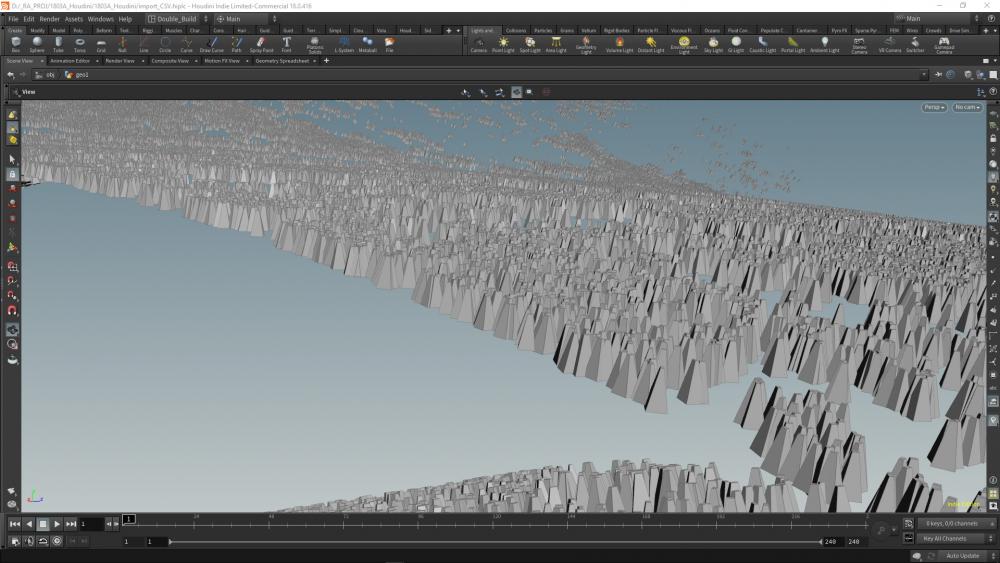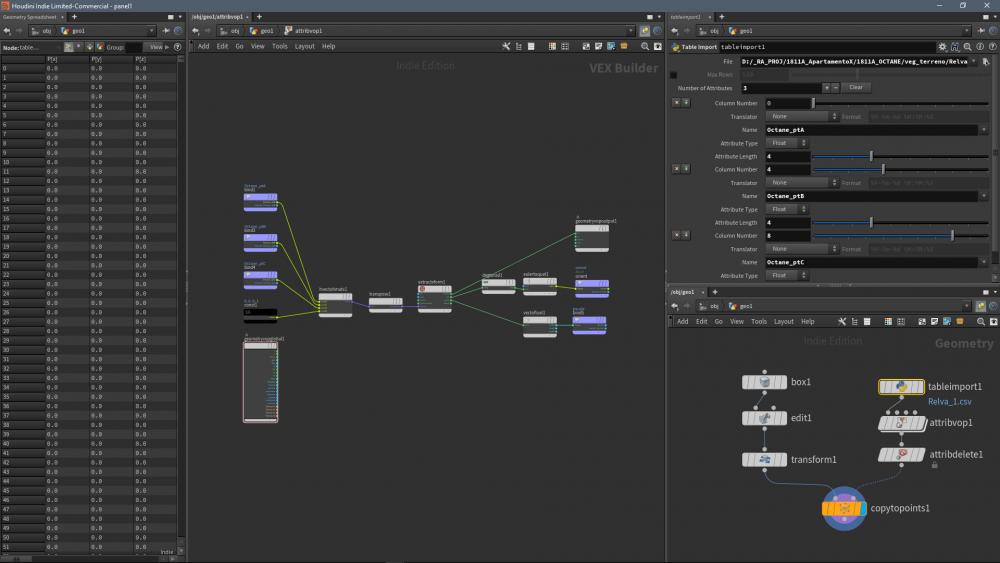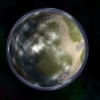Search the Community
Showing results for tags 'csv'.
-
How can i export all wedge attributes and custom attributes i created along the line into a single csv? I made this work with CSV TOP node but i had to manually write the attributes. Using option 'By Attribute' i can specify 'wedgeattribs' as the attribute array to read from, but the other custom made attributes do not appear there Also tried in a python script work_item.attribNames() but this gives you every attribute listed - even the ones created automatically like the value type for each wedge attribute
-
I have a simple line node, with 3 coloured square polygons which sit randomly along the line. I want to be able to store/collect the data for the line so it reads:line0 = red,green,purplegoing forward i will have many lines with a maximum of 4 different types of colours intersecting eachlinee.g.line 1 = red,blueline 2 =green,red,blue,purpleline 3 = green,blueetcit would be good to store this data as a csv file to open in excel any help would be much appreciated LINECDINTERSECTIONS.hipnc
- 5 replies
-
- colour data
- categorise
-
(and 1 more)
Tagged with:
-
Hi there I have some data coming into Houdini as a .csv as animated points, which is mocap data. I would like to parent bones to the animated points to be able to export as as a fbx. How can I parent bones to this data? (mp4, .hip and csv data attached) thanks bones_animate_02.mp4 bones_animate_02.hipnc mx_allframes_eval.csv my_allframes_eval.csv mz_allframes_eval.csv
-
Hi, I'm writing this post more as a note, rather than doubt. I was reading about Table import and found a way to do a tool I wanted some time ago. It's an translation between Octane Standalone CSV and Houdini matrices - 3x4 -> transposed 4x4. For me it is useful to recover old scatters from lost files / different programs and be able to edit them. I'll leave it here in case it is useful for someone else. Cheers! M
-
I have a non-graphic application which spits out CSV data. I'd like to read it into Houdini as points with attributes. I can format the data, so that one CSV line contains all the properties for one point: X,Y,Z,"attrib1","int","attrib2","string"... etc <- where "int" and "string" are attr types Is there a built-in SOP in Houdini that can read such data and create a point with attributes for each line? If not, what's the best option? A Python SOP that reads this in and creates the data? Thanks.
-
Hello everyone, I'm starting with Houdini and Python and I have a doubt which would influence my learning curve significantly. I'd like to know if someone has specific information about reaching the transformation matrix of particles in Houdini - preferably in Python. From the SideFx Python Documentation says it's not yet implemented. I also read somewhere here that it's possible through VOP/VEX. The objective is to make a particle export script from Houdini to Octane's CSV - to adapt Houdini to an existing workflow. This CSV file only has these particle's transform matrix. And it would have to be usable, for example, for 5 million particles. Does anyone has any tips? Or in alternative if someone has this script already, it would be great! I'm not a coder (MaxScript only) and it will take me ages to get it done... Thanks in advance! M
- 7 replies
-
- transform matrix
- octane
-
(and 2 more)
Tagged with:
-
Hey All! The first part of this tutorial has been available for almost a year now, but because of the sad news that hit CMI, I was unable to upload the 2nd "half" there. So instead I just made it available on Youtube for everyone, to make up for that I suppose. I'm considering putting the first part on there as well, if enough people want that. In this tutorial covers the following, using Houdini * Generating water meshes * Updating the terrain based on the water * Generate walking paths on the terrain * Create some basic instances * Build a flexible system using external files to place these instances. Built on Houdini 16.5, but should work on 16 too, or all the way back to H14 if you skip the heightfield part. Recommended specs: at least 16GB of RAM, reduce the terrain size if you have less. Disclaimer: Work files are as is, and do not contain the cached geometry to save on space, this may explain node errors on the various "File Cache" nodes. It does however also contain the work done in the first half of the tutorial, albeit mostly undocumented: https://tinyurl.com/y89egjvq Hopefully its of some use! Twan
-
I'm pretty new to houdini particle stuff, and I'm trying to figure out how to turn a .csv of points into particles that I want to render into a night skybox. The csv contains position, color, size and intensity of 120,000 closest stars to Earth. I can successfully load in the points via a TableImport node, or via a python script which loops through lines, and creates node.geometry() createPoint(). If I plug the tableimport node into a Particles node, then stuff happens, but I think it's trying to spawn particles from those points. I want to make the points themselves into particles, with position, size, intensity and color. And once I spawned stuff, how would I reference the (color, size etc) data from the table? PS: If anyone wants the original star data: http://astronexus.com/node/34 houdini particles v2.hipnc hygdata_v3_simplified.rar
-
- particles
- tableimport
-
(and 2 more)
Tagged with:






